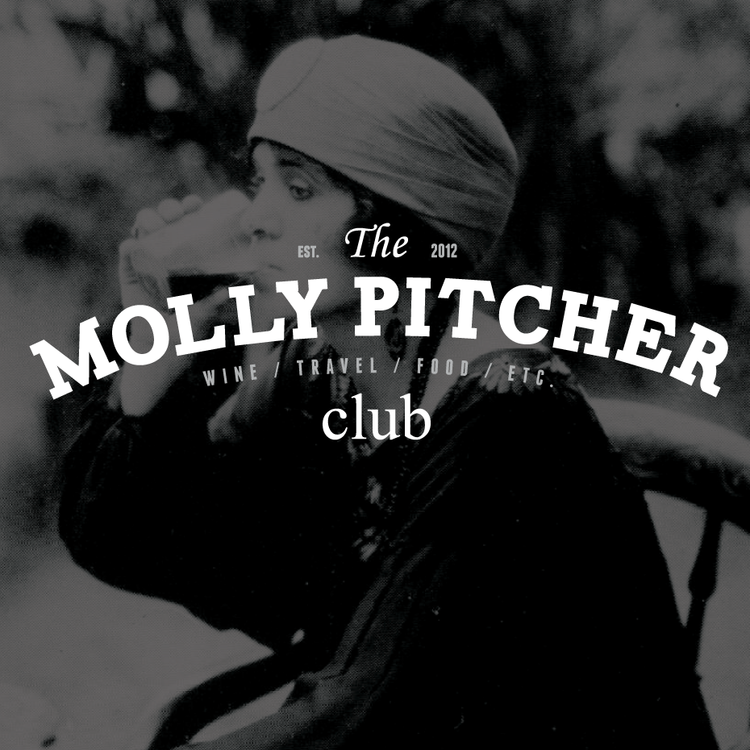Take note that the established AOC regions (like Bordeaux or Burgundy) will have regional or even communal AOC regions within them. So when reading a French wine label you will frequently see two or even three terms that describe where the wine was made. Check out the graphic above.
French Wine Regions in Detail.
(1) Bordeaux. The classic red wine from Bordeaux is a blend of at least 2 grapes from the following list: Cabernet Sauvignon, Cabernet Franc, Merlot, Petit Verdot and Malbec. The classic white is a blend of Sauvignon Blanc and Semillon. Go hear for expensive, yet quality wines.
SUMMARY: Look here for high quality red blends, but expect to pay for it.
(2) Loire Valley. There are four key regional AOCs located in the Loire Valley: (1) Pays Nantais, (2) Anjou, (3) Touraine, and (4) the Central Vineyards (Pouilly-sur-Loire and Sancerre). If you like Sauvignon Blanc, look for wines from Sancerre or Pouilly-Fume. Generally, Touraine isn't known for high quality wines, with the exception of Vouvray - a region that features whites made with Chenin Blanc. If you are interested in trying wine made with Muscadet, look for something from Pays Nantais.
SUMMARY: Look here for fun whites, try anything with Pouilly-Fume, Sancerre or Vouvray on the label.
(3) Champagne. This region supplies 15% of the world's sparkling wine (or 25 million cases a year). Champagne is a blend of Chardonnay, Pinot Noir and Pinot Meunier grapes. Here are some fast facts about Champagne:
- Blanc de Blanc, means the wine was produced only from Chardonnay.
- Blanc de noirs, means the wine was produced only with red grapes, most likely Pinot Noir.
- You will only see a Vintage for spectacular harvests from a single year (non-vintage is more common).
SUMMARY: Look here for expensive yet quality sparkling wine. However, look for "Cremant" on the label of sparklers from any other French region, this means the wine was made in the same style as Champagne, but made in another region. (Think store brand knock-offs, same formula without the brand name).
(4) Alsace. This is a French region with strong German roots, known for growing mostly Riesling, Gewurtztraminer, and Pinot Gris. The region has a bad reputation for making only sweet wines - but ask your local wine store rep to point you in the direction of dryer styles, because they do exist! Most wines from this region pair well with spicy food.
(5) Burgundy (in French "Bourgogne"). The secret to Burgundy is easy, red Burgundy is made from Pinot Noir and white Burgundy is made from Chardonnay. But in Burgundy, much like the Loire Valley, it is important to learn the popular regional AOCs. The two most famous are: (1) Cote de Nuits and (2) Cote de Beaune. However, Chardonnay produced in Chablis is known for exhibiting greater minerality than the rest of Burgundy. The wines of Maconnais are known for their lighter style (you may see some Gamay based wines here as well).
SUMMARY: Look here for Pinot Noir or Chardonnay with French style. Note that to get quality you will have to spend a bit more than usual, but there are great bottles out there!
(6) Beaujolais. Frequently considered part of Burgundy, Beaujolais is quickly becoming a region of notable wines. Be sure to remember Beaujolais and Beaujolais-Nouveau are different, the latter is a quickly bottled style of the Gamay grape meant to be consumed young.
SUMMARY: Look here for the best versions of the fruity Gamay grape.
(7) The Rhone Valley. Generally, this region is known for its red wine. Yet, it is best to discuss the Rhone in two regions: (1) The Northern Rhone and (2) The Southern Rhone. In the Northern Rhone, red wines are primarily made from Syrah and white wines are primarily made from Viognier, Marsanne and Roussane. While, in the Southern Rhone, red blends are the most popular, featuring Grenache (a personal favorite), Syrah, Carignan, Mouvedre and Cinsault.
SUMMARY: Look here for interesting red blends featuring Grenache. The best regions are Chateauneuf-du-Pape and Gigondas. (Pricey but totally worth it).
PHEW! So, that brings us to the end of my overview of French wine. As you can see, I barely scratched the surface and this post is already double the length of most others. Feel free to post questions in the comments below and I will happily answer them!
Happy Holidays and Cheers!







